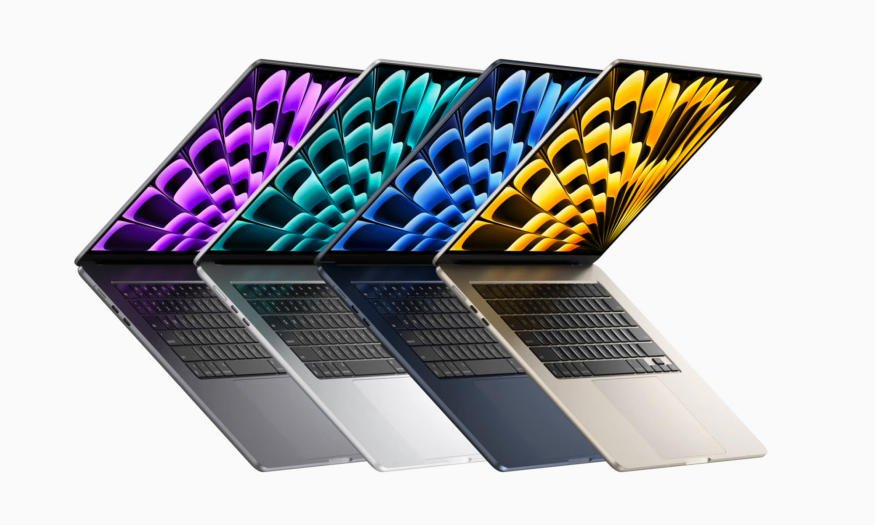The sleek and lightweight MacBook Air embodies the concept of sacrifice. It symbolizes the trade-off that comes with the freedom of mobility – the realization that certain things we desire or occasionally need must be left behind. It’s akin to packing a single backpack for a week-long trip, leaving your home unburdened but with the awareness that some items won’t accompany you.
As technology progresses, such sacrifices become less prevalent. Factors like battery life and processing power used to be compromised for thin and light laptops, but they have become more capable over the years, raising our expectations for what these machines can achieve.

The first M2 MacBook Air introduced a new class of portable MacBooks when it received a redesigned chassis to match its chipset. At that time, I proclaimed the Air as the ideal MacBook for almost everyone. Despite the subsequent release of multiple systems, I still firmly believe that statement holds true.
Nevertheless, sacrifices remain. Some compromises are necessary to maintain a thin and lightweight profile, while others may be intentional differentiators between the Pro models and the Air. For instance, the Air offers four ports: MagSafe, two Thunderbolt 4/USB-C, and a headphone jack. The Pro, on the other hand, adds an extra USB-C port, HDMI, and an SD Card slot.
When it comes to laptops, more is often better – larger screens, computing power, and input options distinguish them from our mobile devices. I wouldn’t want to write a book or even this article on my phone, for example. A bigger laptop screen enhances the movie-watching experience, while increased processing and graphical capabilities enable playing complex games and executing various business workflows. These reasons explain why the laptop form factor has endured despite the rise of smartphones.
Recently announced at WWDC, the 15-inch MacBook Air occupies an intriguing space. As the largest Air model to date, it aims to break at least one major limitation of the lineup. It feels somewhat unusual, considering the model I’m currently using is larger than the 14-inch M2 Max MacBook Pro that accompanied me to WWDC last week.
The Air has a longer and wider footprint than the 14-inch Pro (13.4×9.35 inches compared to 12.31×8.71). However, it remains considerably thinner, ranging from 0.45 to 0.61 inches, thanks to the omission of “pro” features like a fan. Its thickness is only marginally more than the 13-inch Air’s 0.44 inches. Weighing 3.3 pounds, it is slightly lighter than the 14-inch Pro’s 3.5 pounds but significantly heavier than the 13-inch Air’s 2.7 pounds.
When I first held the 15-inch Air, a question arose in my mind: Where is the line for ultraportables? There is no definitive answer as such classifications are determined by manufacturers and are relative to other models. The Air can certainly be considered “thin and light” when compared to the smaller 14-inch Pro. However, having recently carried both laptops in my backpack, I can’t say the Air felt remarkably light. It wouldn’t be fair to directly compare them given the different screen sizes.”


